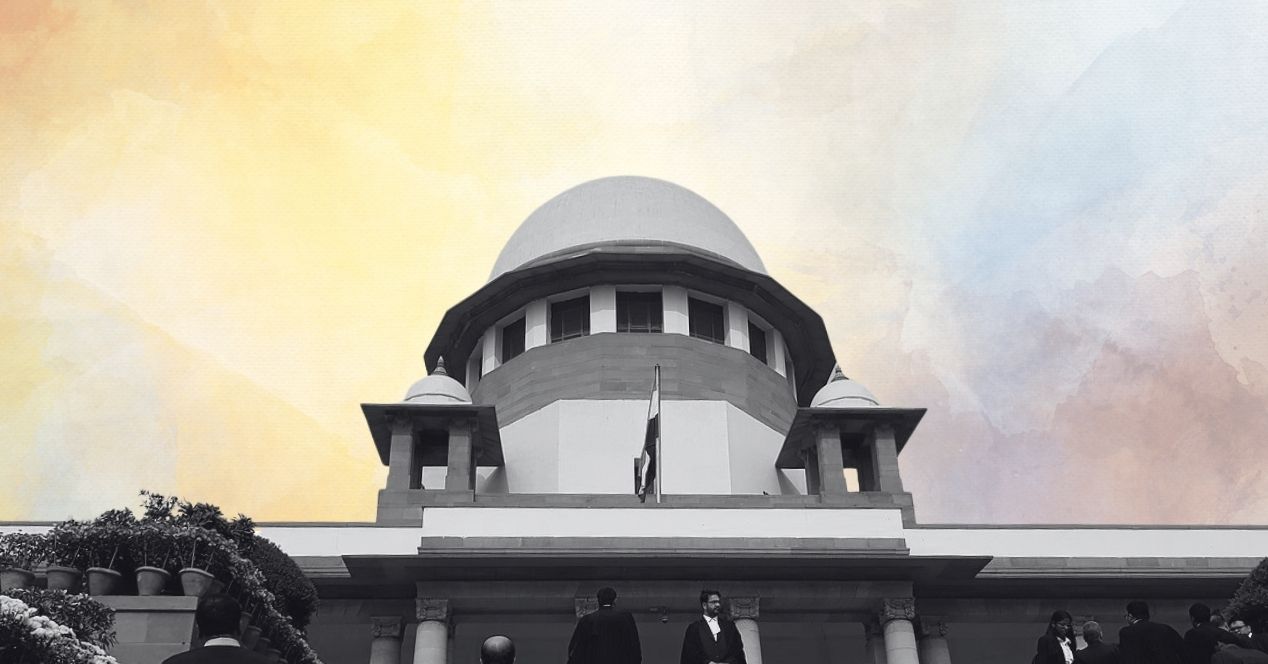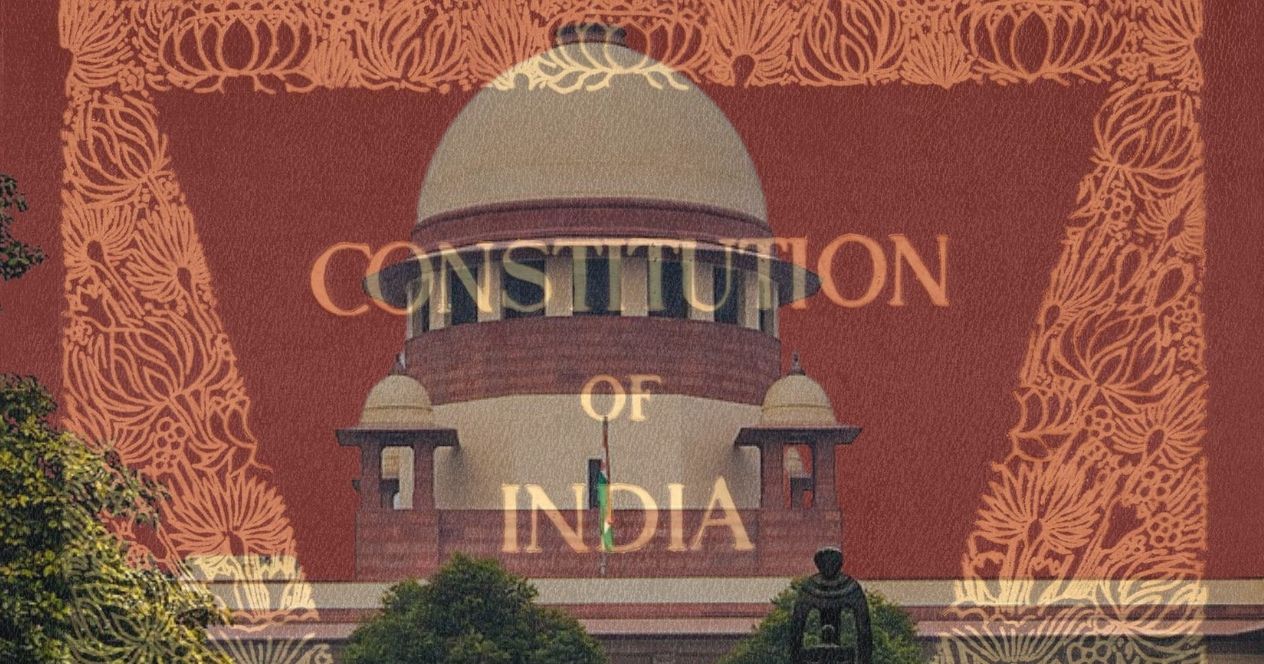Analysis
Constitution Bench Revival: Breaking Ground for Reform
DESK BRIEF: CJI U.U. Lalit’s short 2.5 month term may mark a turning point for the Court.
Grand old institutions are often resistant to change. In 2021, Former CJI N.V. Ramana urged the Union government to set up Regional Benches of the Supreme Court to hear appeals, so that the Delhi Bench could focus on pending constitutional cases. Before him, former CJI Ranjan Gogoi announced that he would set up a permanent Constitution Bench at the SC in 2019. Both tenures saw little change in the structure of the Court. In fact, under CJI Ramana’s leadership, the Court did not hear a single Constitution Bench case.
Studies suggest that appeals from all over the country constituted over 85% of the Supreme Court’s pendency docket in the past decade. SC Judges spend two out of five working days in Division Benches of 2 or 3, hearing ‘miscellaneous’ arguments in these cases to decide whether they warrant admission at all. This setup leaves little time for larger Benches to engage with constitutional questions.
CJI U.U. Lalit’s short 2.5 month term, however, may mark a turning point for the Court. Even before he assumed office, the Court announced that it will begin hearings in 25 pending 5-Judge Bench cases from his very first day as CJI. With this, CJI Lalit appears to be pushing the Court towards having a permanent CB which will hear cases requiring constitutional interpretation all year round.
One among the list of 25 CB cases offers a different solution to the Constitution Bench problem. It proposes the formation of four regional Benches of the Supreme Court that will act as Courts of Appeal. In the coming months, the Court may hear arguments and express its view on a zonal split on the Court as well.
These two solutions to the SC’s pendency problem—a zonal split and a permanent Constitution Bench—have been the subject of public debate for years now. Two seasoned hands at the Supreme Court, Attorney General (AG) K.K. Venugopal and Senior Advocate Rajeev Dhavan, have long advocated for either side of this debate.
AG K.K. Venugopal, in 2021, suggested the formation of 4 zonal ‘Courts of Appeal’ with 15 judges each, to act as intermediate appellate courts between High Courts and the SC. According to Mr. Venugopal, a Court of Appeals would ease the pendency burden on SC Judges, allowing them to spend time on CBs. Further, he argued that a zonal split would make the SC more accessible to citizens and lawyers all over the country, who wouldn’t be forced to spend thousands on travel to access the top Court.
In 1974, the 58th Law Commission of India, headed by Former CJI P.B. Gajendragadkar considered the Zonal Courts proposal. The Commission rejected the idea—contrary to Constitution framers’ intent to ‘create an Indian court to deal with all of Indian law in an Indian way’, zonal courts would create a sense of separate blocs within the country. The recent development of virtual hearing infrastructure at the SC, however, may provide a more economical and less fragmented solution to the problem of regional access.
In 1978, Senior Advocate Dr. Rajeev Dhavan, in The Supreme Court Under Strain: The Challenge of Arrears, suggested that the Supreme Court should split into two distinct divisions with 15 Judges each—one to hear constitutional law matters, and another to hear appeals in civil and criminal cases. Dr. Dhavan particularly preferred the division system, as ‘the work of the Court will be contained by two relatively small divisions’, under common leadership.
The Court’s burgeoning pendency problem is the oft-quoted trade off in conversations about permanent CBs. Dedicating 5 or more Judges to a CB means fewer division benches to hear the ever-growing number of appeals and writs. However, clarity from the top Court on the legal questions pending before CBs may go a long way in reducing overall pendency throughout the Indian judiciary. Clear answers to critical questions may enable Judges in SC division Benches and in the subordinate Judiciary to write clearer Judgments, substantially reducing the grounds for appeals.
CJI Lalit’s views appear to align with Dr. Dhavan. On August 26th, 2022, CJI Lalit announced that the Court would strive to have a distinct Constitution Bench within the existing SC structure sitting throughout the year to avoid delays in critical matters. Will CJI Lalit achieve a massive institutional change, decades in the making, in a tenure that is but 74 days long?




